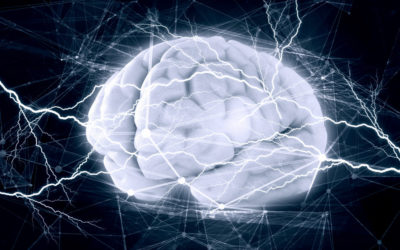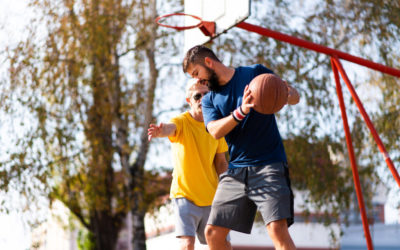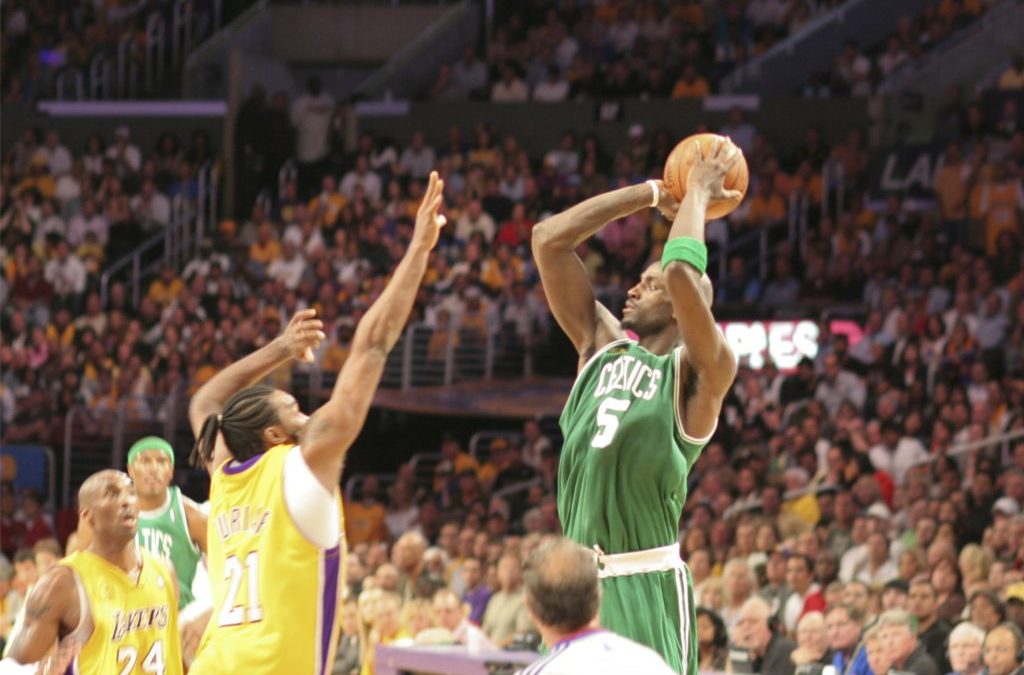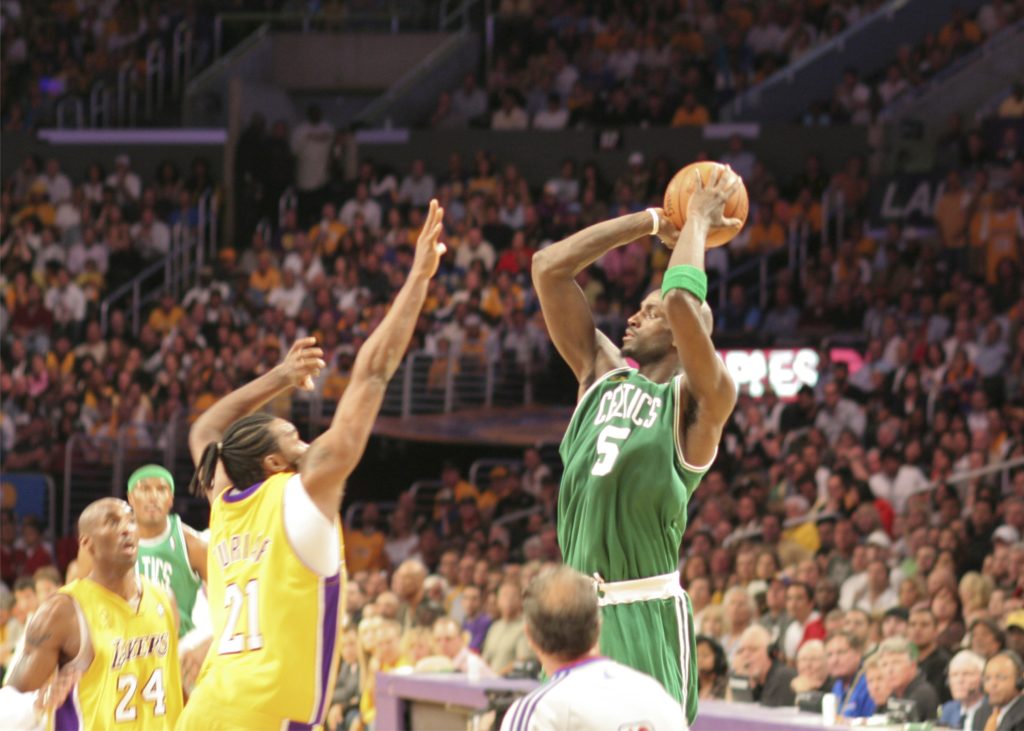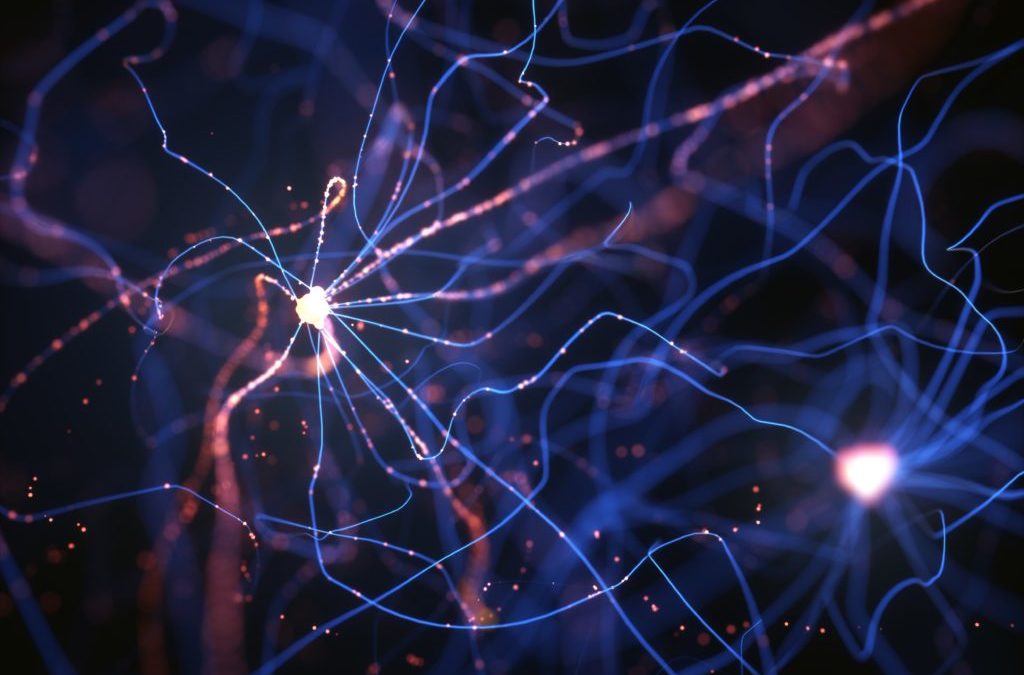Can just smiling, even if fake, improve your mood? This has been proven, debunked, re-proven and now re-re-proven…

Making Voting More Effective for Better Decisions
Quick Hits
Daily brief research updates from the cognitive sciences

Voting is something many of us do regularly as adults in different ways. But the most common way is plurality voting – that is one voter for one person that can only be cast once.
However, there are different ways to vote. Popular shows such as American Idol use multivoting whereby the audience memebrs have 10 votes to share as they see fit. They can use all ten for one candidate or distribute them as they wish across candidates.
Another method is ranked-choice whereby choices should be ranked in the order one sees as best.
The question though is what is best? This is the question researchers at the University of Washington wanted to find out but specifically into what enables better decision making. In many decision-making bodies such as in business or government simple plurality voting is used.
To do this the researchers used 93 teams of graduates in an anti-terrorism exercise modelled on teams used post 9/11. 31 teams each used the different voting methods. They first read information on three suspects and voted on who they thought was the greatest threat – they then discussed the suspects after the vote, and then voted again.
In the plurality voting scenario, teams identified the correct suspect only 31% of the time. Basically, around about pure chance. So actually ineffective. Did the other voting scenarios perform better?
Well, ranked-choice performed only a little better with 32% of the time. But the largest difference was in multivoting – here 45% of teams identified the correct suspect. But there was another surprise.
This was that multivoting seemed to be more effective before the discussion. We would assume that voting and then discussing would lead to better insight and therefore making a better decision. But this was not the case. In multivoting it seems that it forces people to think through things more carefully in the first place. The ensuing discussion can then side-track thinking for multiple reasons.
So, according to this research at least, multivoting is easily the most effective method for making decisions. Something many businesses should seriously consider – particularly in important decisions – and prior to discussion!
It could be too complicated for political voting but then again, I live in Switzerland, and we already use a similar version. Implementing this in a different country would be a challenge – but for now, for decision-making, we do know that multivoting appears to be the best method. Well, for what it’s worth, it has my vote(s).

Andy Habermacher
Andy is author of leading brains Review, Neuroleadership, and multiple other books. He has been intensively involved in writing and research into neuroleadership and is considered one of Europe’s leading experts. He is also a well-known public speaker, speaking on the brain and human behaviour.
Andy is also a masters athlete (middle distance running) and competes regularly at international competitions (and holds a few national records in his age category).
References
Michael D Johnson, Eli Awtrey, Wei Jee Ong.
Verdicts, Elections, and Counterterrorism: When Groups Take Unofficial Votes.
Academy of Management Discoveries, 2022
DOI: 10.5465/amd.2021.0099
More Quick Hits
Yes, Fake Smiling Does Improve Your Mood
How Your Brain Decides to Help Others in Danger
In times of crises and danger we may hide and flee as our natural instincts would guide us, or do something else: put ourselves at danger and help others.
Two Types of Willpower
There are two types of will power – and one is much more effective…
Our Brains Seem to Use Quantum Computations
It has been proposed that our brain uses quantum processes but this is hard to prove – until now that is…
Insults Trigger the Equivalent of a Slap to the Face in the Brain
What do insults do to our brain wave patterns, do they degrade over time and how do they compare to compliments?
Even a Short Bout of Exercise Can Boost Brain Growth
Exercise is good for you – we all know that. But can just a single bout of exercise do you and your brain any good?





